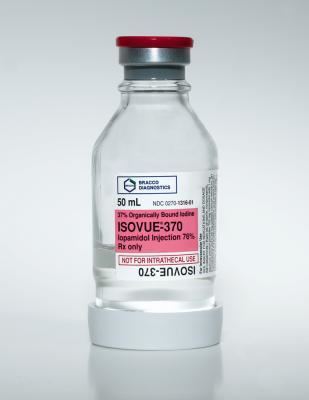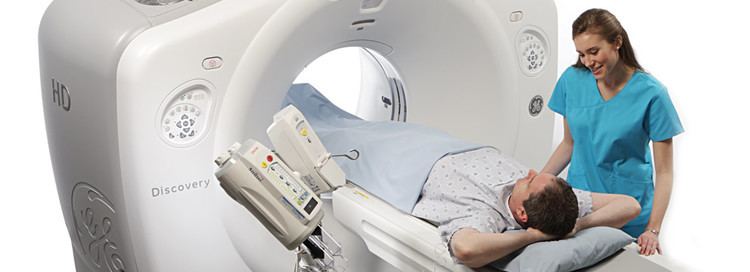 | ||
A medical contrast medium (or contrast agent) is a substance used to enhance the contrast of structures or fluids within the body in medical imaging. It is commonly used to enhance the visibility of blood vessels and the gastrointestinal tract.
Contents
- Types
- X ray attenuation
- MR signal enhancing
- Ultrasound scattering and frequency shift
- Adverse effects
- References
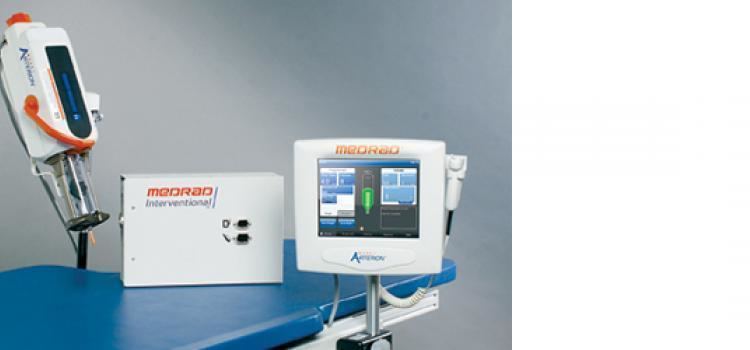
Types
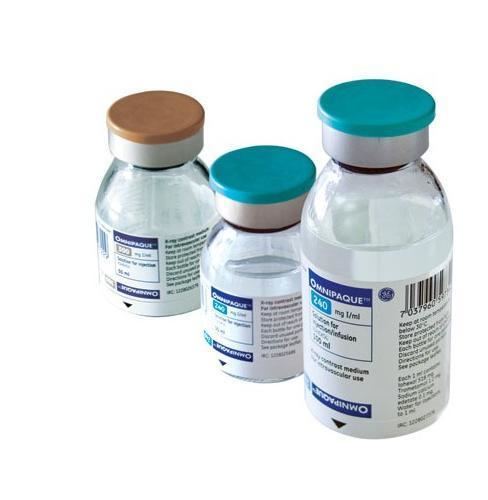
Several types of contrast media are in use in medical imaging and they can roughly be classified based on the imaging modalities where they are used. Although other types exist, most common contrast agents work based on X-ray attenuation and magnetic resonance signal enhancement.
X-ray attenuation

Iodine and barium are the most common types of contrast medium for enhancing x-ray-based imaging methods. Various sorts of iodinated contrast media exist, with variations occurring between the osmolarity, viscosity and absolute iodine content of different media. Non-ionic dimers are favored for their low osmolarity and toxicity, but have a correspondingly higher price attached to their use.
MR signal enhancing
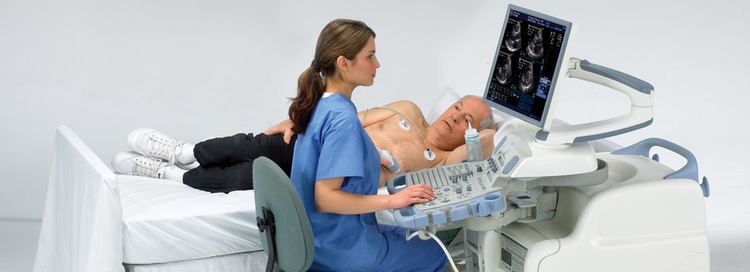
Gadolinium is used in magnetic resonance imaging as a MRI contrast agent. In the 3+ oxidation state the metal has 7 unpaired electrons. This causes water around the contrast agent to relax quickly, enhancing the quality of the MRI scan.
Ultrasound scattering and frequency shift

Microbubble contrast agents are used to aid the sonographic examination, specifically echocardiograms, for the detection of a cardiac shunt. These bubbles are composed of agitated saline solution, most of which are too large to pass through the lung capillaries. Therefore, the only ones that reach the left side of the heart pass through an abnormal connection between the two sides of the heart, a so-called right-to-left shunt. In addition, pharmaceutically prepared microbubbles are composed of tiny amounts of nitrogen or perfluorocarbons strengthened and supported by a protein, lipid, or polymer shell. These are small enough to pass through the capillaries and are used to increase the contrast in the left ventricle, improving the visualization of its walls. The drop in density on the interface between the gas in the bubble and the surrounding liquid strongly scatters and reflects the ultrasound back to the probe. This process of backscattering gives the liquid with these bubbles a high signal, which can be seen in the resulting image.
Adverse effects
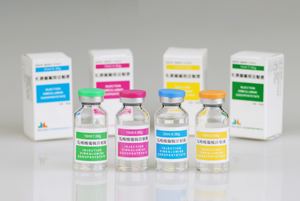
While modern contrast media are generally safe to use, medical conditions can be caused by the administration of various contrast media. Reactions can range from minor to severe, sometimes resulting in death with death being about 0.9 per 100,000 cases. To better understand the reactions and to efficiently manage patients at risk, it is useful to classify them. Risk factors for developing severe reactions include strong allergies, asthma, heart disease and beta-blocker use. While the previously suspected IL-2 medication is no risk for the acquisition of adverse events.
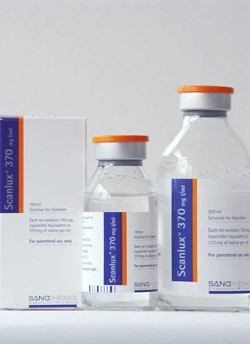
A common misconception that even exists among healthcare professionals is that an allergy to contrast media is related to an allergy to seafood (usually shellfish) because both share iodine in their construction, implicating iodine as a source. Numerous studies have shown that although iodine is common in contrast media, iodine is not the cause of allergic reactions to contrast media and instead the more likely culprit are the inert ingredients and the patient's past history of having other strong allergic reactions. One important distinction is that allergic effects are by definition immunoglobulin E related histamine storms and studies have shown that contrast media cause no such reaction in vivo thereby refuting the possibility that contrast media or the iodine in it is likely to be an allergen. Although it may seem contradictory, the few rare cases of contrast medium mediated IgE are exceedingly rare compared to all adverse reactions and when they happen, are often because the patient already has multiple risk factors that suggest the patient has other allergy related problems.
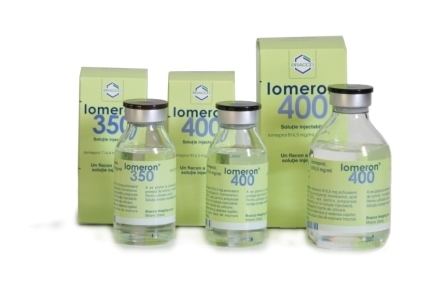
Historically, contrast media was sometimes highly dangerous but these dangers were not well-understood during the development of the early types of contrast media, such as Thorotrast.

